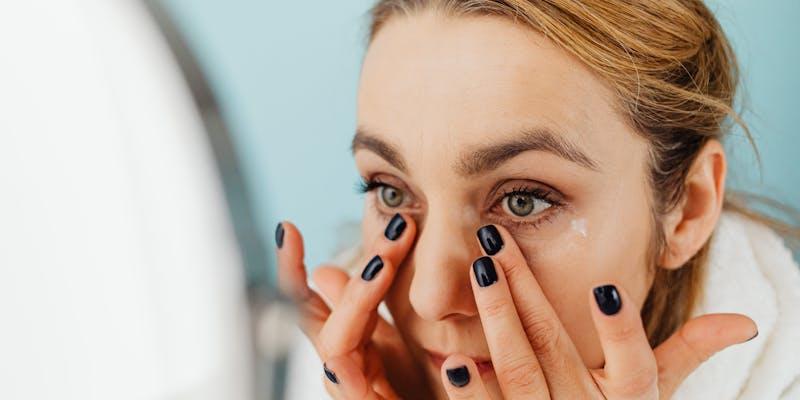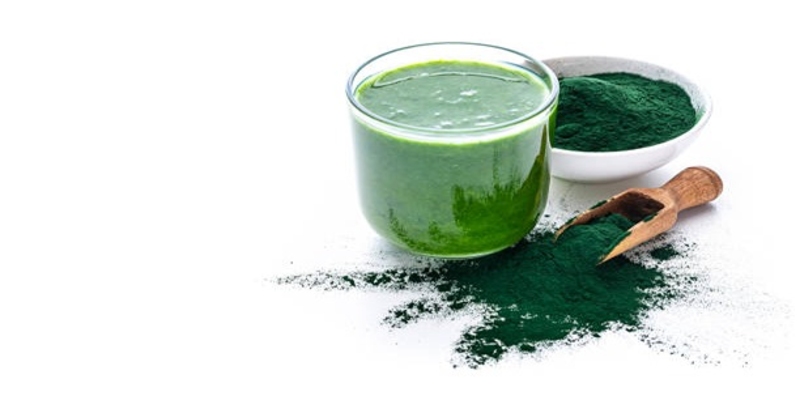In our never-ending desire for flawless, younger-looking skin, we spend much more than required on skincare products. It hurts when we damage our skin with common skincare mistakes even after applying those pricey serums and moisturizers, even if beauty experts would argue that there's harm in it. There are occasions when it's due to unintentional skincare blunders and other times when it's due to typical lifestyle variables like stress and hormone imbalance. Here are the five common skincare mistakes that damage your skin:
Neglecting Double Cleansing
Double cleansing is a famous skincare set among Korean and dermatologist skincare lovers. The method may appear laborious, but it promotes healthy, young skin. Facial cleaning neglect can cause acne and premature aging. Daily debris, pollutants, and free radicals can infiltrate the skin and destroy natural elastin, causing wrinkles and fine lines. Single-step cleansers typically fail to eliminate all contaminants, leaving skin prone to these negative consequences.
Double cleansing is a common skincare fridge addition approach that removes pollution in phases. First, use an oil-primarily based purifier like cleansing oil to dissolve makeup and extra sebum. Jojoba, argan, and grapeseed oils break down makeup and pollution without replacing the skin's herbal oils.
A water-based cleaner removes residue, grime, and water-based pollutants in the second phase of double cleansing. Choose foamy, gel, or cream cleansers. Choose a mild, pH-balanced product for your skin type and issues. Before using new skincare products, do a patch test for side effects. A dermatologist or skincare specialist can also make skin-specific advice.
Applying Sunscreen Occasionally

Sunscreen is essential to skin care. It helps the skin in fighting with almost all skin issues. Its main purpose is UV protection and lowering skin cancer risk. Exfoliators remove the skin's outermost layer. Removing the skin's first layer makes it more susceptible to UV damage. Therefore, not applying sunscreen is one of the most common skincare mistakes. Dermatologists prescribe sunscreens with at least 30 SPF, which should be applied 15–20 minutes before sun exposure to absorb.
According to clinical guidelines, the application should be done after swimming, sweating, or one to two hours. When you're busy, working, or having fun, it's hard to remember to reapply sunscreen. Researchers who evaluated various sunscreen application trials developed this flawed but good-enough two-step method to help you remember to reapply:
Apply your first layer 15–20 minutes before sun exposure. Second coat within the first hour of sun exposure. Set a phone timer to remind you to reapply the skincare set. This technique will give adequate coverage, but experts recommend reapplying generously every one to two hours in the sun or after sweating or water exposure.
Popping Zits
Popping zits is a quick action that can worsen the condition and cause other skin troubles. Popping a zit spreads germs from the follicle to neighboring pores and damages skin tissue. Bacteria infecting healthy pores can cause further breakouts, creating an acne cycle.
Additionally, popping or squeezing zits includes common skincare mistakes that can traumatize the skin, causing inflammation and discomfort. This delays healing and increases the risk of persistent scars and black markings. Disruptions to the skin's normal healing systems cause scarring, which commonly marks prior outbreaks.
Picking at zits can also spread dirt and bacteria from your fingertips, worsening the issue. Secondary infections and worse acne flare-ups might result. Avoid picking or popping zits, and follow a mild skincare fridge routine to avoid these difficulties. Regular washing, non-comedogenic products, and acne-prone skin treatments are recommended.
Skipping Nighttime Moisturizer

In the afternoon and evening, your skin loses moisture. The skin might feel dry and require replenishment due to moisture loss. This is why skincare set professionals suggest moisturizing earlier than sleeping.
After an afternoon of environmental stresses and using drying skin care products, moisturizers are important for pores and rehydration. Moisturizing before bed is even more critical to reduce dryness and irritation for people taking retinoids or other strong therapies. Applying regularly simplifies and keeps skin moisturized and healthy.
Experts endorse bedtime moisturizers with ceramides or hyaluronic acid. Because they entice and keep moisture, those components hold skin easily and moisturize daily. Ceramides help the pores and skin's natural barrier feature, avoid common skincare mistakes like moisture loss, and guard against environmental aggressors. Following are the steps for accurate application of a moisturizer:
Step 1: Wash Your Face
Remove sweat, dirt, oil, makeup, and prior skin care products by cleansing your face with a slight, soothing cleanser. Choose a cleaner that removes pollutants without depleting herbal oils in your skin kind. Cleaning your skin prepares it to take in the moisturizer.
Step 2: Apply Other Skincare Products
Apply toners, serums, essences, and treatment products in a sequence of lightest to heaviest consistency while your skin is somewhat moist from cleansing. Each product is better absorbed and works better. Those who don't use extra skincare set products can skip this step.
Step 3: Moisturize
Apply moisturizer after different skin care products. Apply one / fourth-sized moisturizer for your fingertips and gently massage it into your skin. Cover your face, ears, hairline, neck, and décolletage. This manner hydrates the pores and skin, locks in moisture, and protects against environmental stresses.
Using the Wrong Antioxidant
Vitamin C is an antioxidant that neutralizes unfastened radicals that damage the pores and skin during the day. Thus, Vitamin C should be added to your morning skincare set to defend against environmental stresses and enhance skin health. According to research, these loose radicals may cause skin and systemic illness.
Vitamin C serums are costly, but they are worth it, especially at some stage when the skin is most vulnerable to environmental aggressors. However, vitamin C serums deteriorate in daylight, so suitable morning use is important for efficiency.
For most antioxidant protection, resveratrol serum needs to be used at night. Grapes contain resveratrol, which fights oxidative pressure and improves skin. Resveratrol serum works in a single day to repair and revitalize skin while carried out before bed. However, diversifying your food plan with fruits and veggies may supply antioxidants and help avoid common skincare mistakes.







